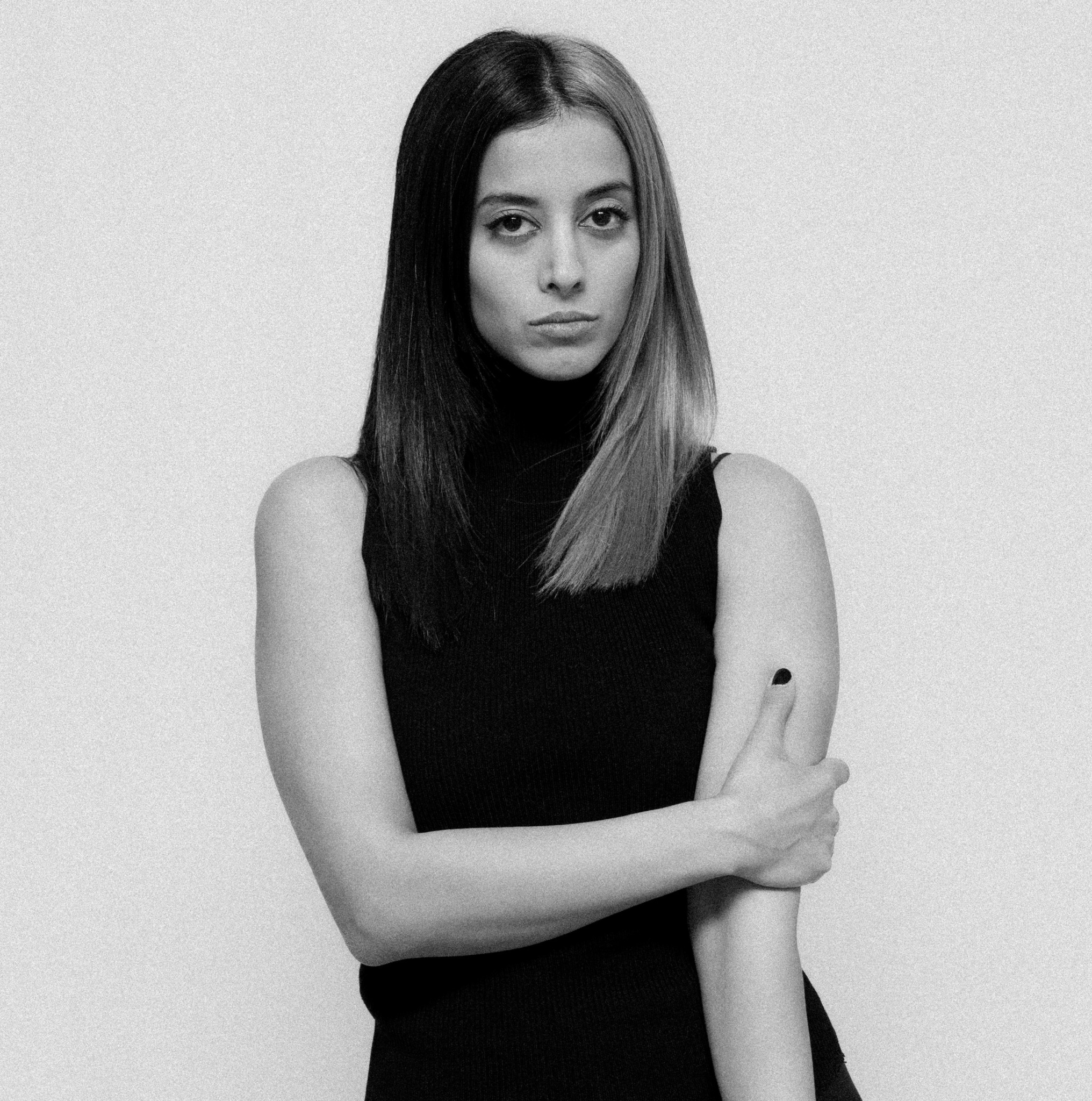We’re excited to introduce you to the always interesting and insightful Tina Bararian. We hope you’ll enjoy our conversation with Tina below.
Tina, thanks for joining us, excited to have you contributing your stories and insights. We’d love to hear the backstory behind a risk you’ve taken – whether big or small, walk us through what it was like and how it ultimately turned out.
I moved to New York to study at The Martha Graham School, and I was always a perfectionist, I think that comes with being an Iranian. I always thought I needed to spend my whole life on educating myself and training before I start creating and choreographing. I’ve spent years training and graduating from different dance schools and continuously applying and getting into different programs thinking that no matter how many schools I go to I’d still need more knowledge and training to become a better dance artist. My hunger for more training and programs was definitely an addiction. I always spent hours in my home studio experimenting different ideas and improvising and finding my voice in my movement. I always knew that I wanted to have my own dance company at one point but my perfectionist side always thought that it’s too early to have my own voice in dance and I still need to educate myself more, until Covid hit and after until Covid I attended the Martha Graham School in New York. During Covid I was still in Canada and all of my performances were cancelled due to the lock down. So I started diving deeper into my individual research and practice, and also took online dance intensives from different dance schools including the Martha Graham School and took private classes with Amélie Bénard from the Graham School to maintain my training and dig deeper. Since all the performances were closed in the real world I started posting some of my creative process on social media, just to have an outlet in showing a part of my art and creative process. I’d spent hours on working on an idea and playing with it and out of that came a lot of my social media videos that I posted online, which later on many of them turned into my major choreographies and productions when Covid ended.
On the second year of Covid in September 2021, I entered the Two year professional training program at the Martha Graham School, which was a dream come true. I was planning on staying at the school for at least 5 years, exploring all of their other programs but after 8 months I realized that it was not a place for exploring new ideas. And as an experimental artist and dancer, I started looking for other performance and opportunities outside the school in the city, because I was starting to lose my creativity and explorative nature as an artist which felt very alarming. I had come to New York to explore myself as an artist, so when I started exploring other opportunities in the city, a New York based theater took an interest in my work and set up an interview with me on my birthday. In the interview they told me that they like my work and want to grant me an opportunity to perform an evening length show for two to three nights, they asked me whether I had experience in choreographing and producing an evening length show before and without a flinch, I said: “Yes! I’ve done it before and I already have the idea all sorted out for this evening length, I just need to get my dancers together.” And when the Zoom call ended “I said shit, why did I say yes?! I’ve never choreographed or produced an evening length show” Then I paused for a second and said: “But I’m gonna figure it out!” I had no financial support or resources, because I was new to New York and didn’t know a lot of people. I wasn’t even sure if we were going to have audience members because my network was small. It was my first time putting an evening length show together from scratch with no production team but I told myself the worst case scenario would be that people are gonna come to your show and say how horrible it was but they are not gonna kill you! My friends and teachers at the Graham school loved my creative work and were always supportive in seeing my creative process and choreographies. I also had comments from the company members who found my work innovative and were always interested in seeing it. So I thought it is time to put my perfectionism to aside and take this risk. I asked 5 of my dancer friends from school to join me in the production as dancers and they all said “Yes” with enthusiasm. I then had to figure out how many tech people and crew are needed for a low budget production. Since it was my first year in New York I had no access or knowledge about grants and funds and also they were too complicated to get for someone who was very new to New York; but I also didn’t want my dancers and crew to work for free, so I set up a Go Fund Me and raised $5000 for the production. The money we raised with my team paid for all the expenses, tech and all the dancers. Our marketing was very minimal because I was handling everything by myself for an evening length production, and there were lot of balls to juggle all at once. Because I was directing, choreographing, dancing, producing, managing, costume designing, set designing, publicizing, marketing and many more things for the show all at the same time. But despite our minimal marketing we had so many audience members showing up for each night of our performances including our program director from the Graham School Virginie Mécène, and my favourite ballet instructor Bianca Delli Priscoli which both were a wonderful surprise. I had so many wonderful teachers who really shaped how I viewed dance and performance at the school but among them Elizabeth Auclair and Amélie Bénard were my top favorites who were a true gem in my dance journey, they were huge supports and amazing mentors in all of my evening length shows and their words of wisdom shaped and guided my way into establishing my dance company and work. This first evening length show opened so many other doors and opportunities for me in New York City, including a residency for my second year in which I received the People’s Choice Artist award for my second evening length piece Not Here and it also granted me a choreographic mentorship program with Amanda Selwyn in my second year in NY. This risk and experience in trusting myself allowed me to set my perfectionism aside and learn that it is not rocket science to have your own dance company, and that I don’t need to stay in different programs for lifetime to finally put an evening length show together. My friends at school told me that I’m brave for taking such a risk but I knew I had to take this risk for my growth as an artist. This performance started building my connections in New York and led me to so many other festivals and opportunities and people who were interested my work and wanted to see it. This risk completely changed the trajectory of my life as an artist, because I learned that I don’t need to take any other programs after my graduation from the Graham school and this led me to establish my own dance company in New York City after my graduation. After this performance I choreographed and produced two other evening length shows; and on my third evening length show Miki Orihara and Lorenzo Pagano from the Graham Company came to my show, Sara Messinger who is an amazing photographer from Times and New York Magazine offered to photograph our show free of charge and the nominated Tony Award actor Arian Moayed promoted our show on his Instagram, and after the show I was offered by Tom Block to curate and choreograph one of the evenings for The International Human Rights Art Festival, it was then that I knew that my risk was worth it and that I’m gradually finding my footing in the dance scene of New York City.
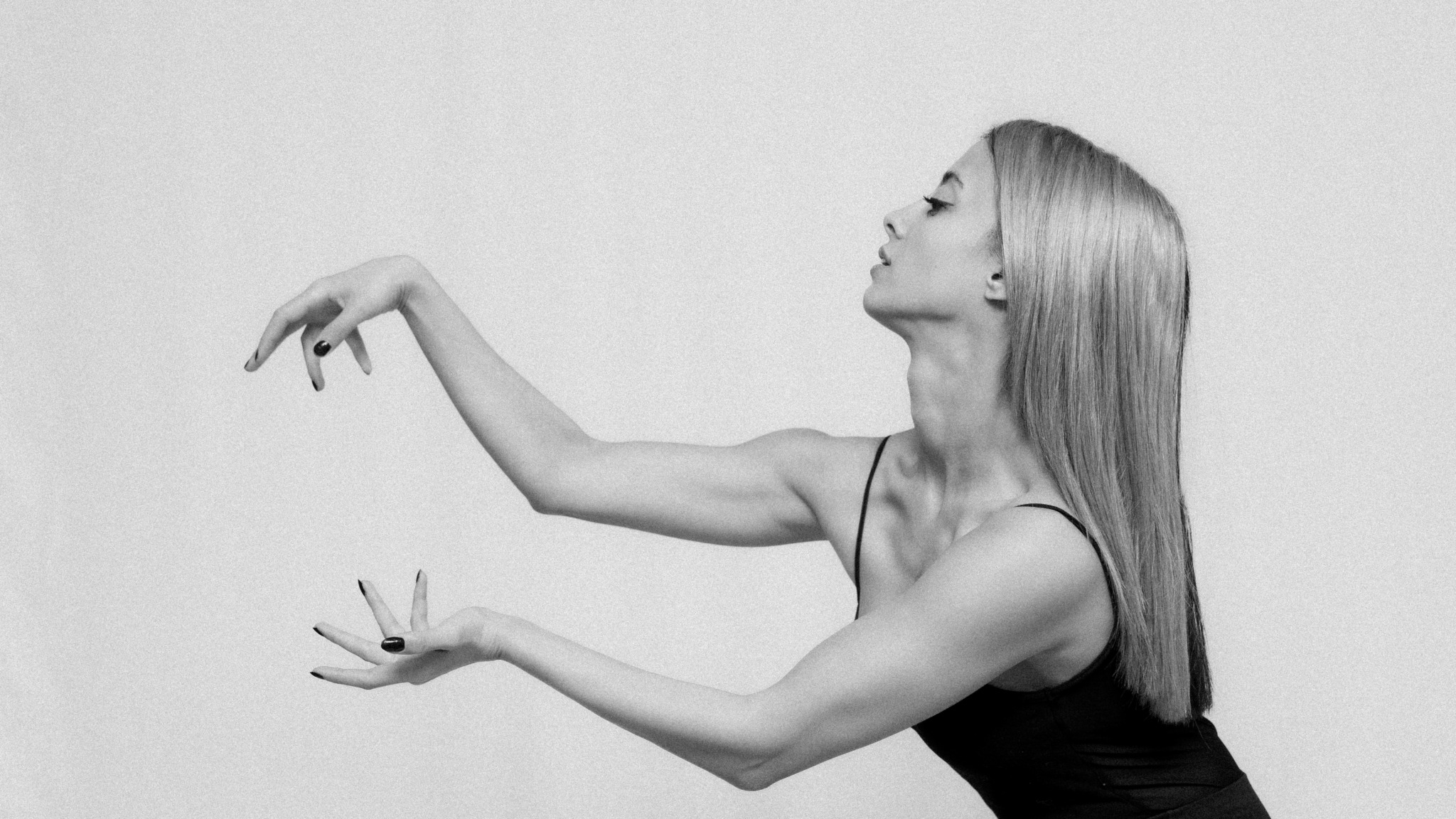
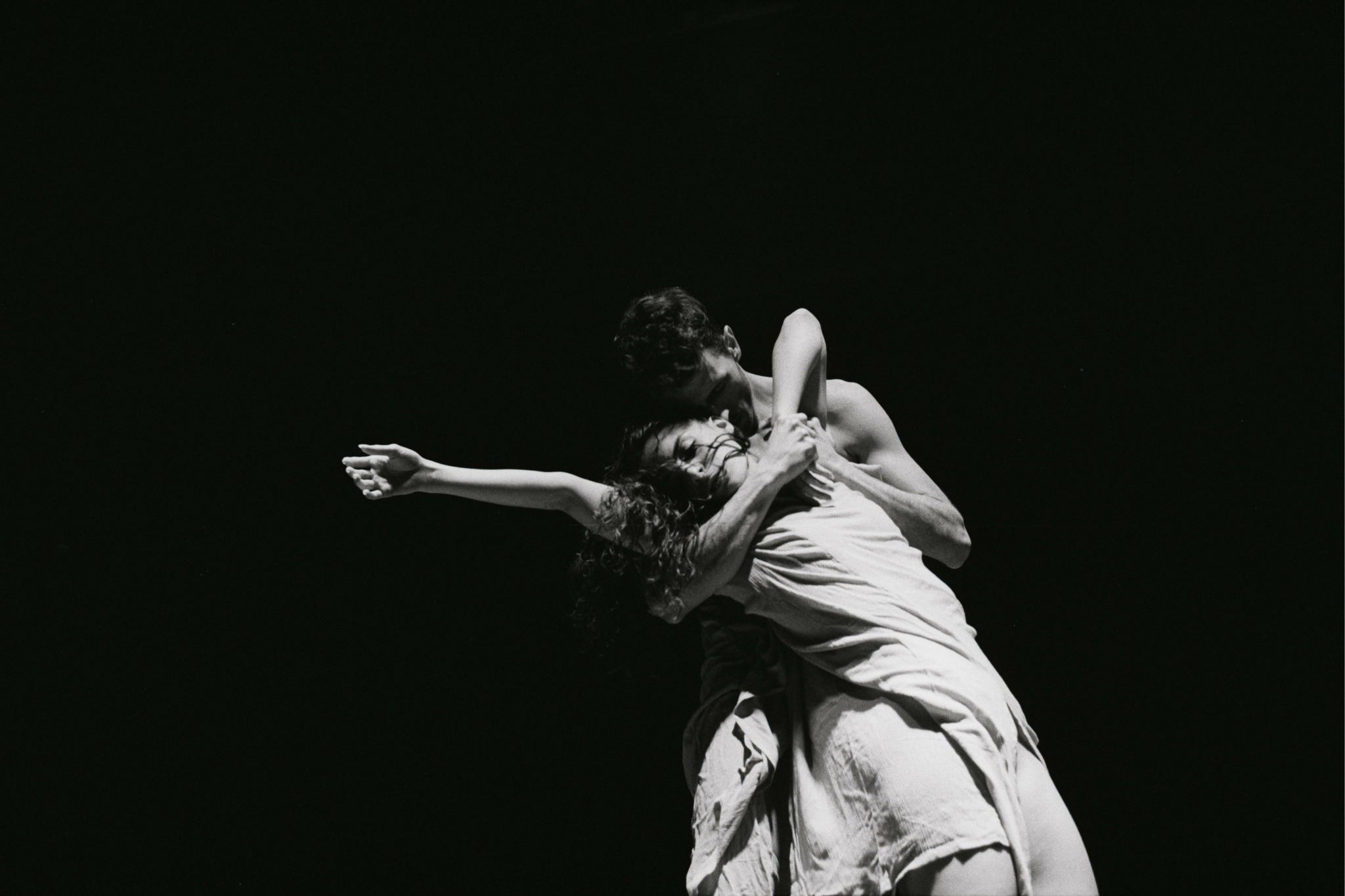
Tina, before we move on to more of these sorts of questions, can you take some time to bring our readers up to speed on you and what you do?
From a very young age, I was drawn to the arts. My childhood was filled with artistic exploration and my parents encouraged me to try everything from acting to sports, with a special place always held for creativity. The city I grew up in didn’t have dance classes at the time, now there are different underground dance classes in each city in Iran but my childhood was still during early revolution years and things were at its worse. I began learning Persian dance from my mother at the age of three. She would spend hours each day teaching me movements and encouraging my love for dance, planting the seed for what would become a lifelong passion. I turned 11 when my family moved to Australia, and that was when I began my professional dance training. I started with ballet and jazz and later discovered modern and contemporary dance when we moved to Canada. I explored modern and contemporary through my teacher Arwyn Carpenter who was a major influence in my love for contemporary and modern dance, styles that completely transformed my understanding of what dance could be. I started with the Limón technique and got introduced to the Graham Technique through Toronto Dance Theater School and fell in love with it immediately. Unlike other forms, contemporary and modern dance each gave me the freedom to explore identity, emotion and self expression. It felt human. It felt like me.
Throughout my dance training, I immersed myself in various artistic disciplines; ballet, jazz, modern, hip hop, Kathak, Chinese folk dance, ballroom, acrobatics, circus arts, acting, and film. So I pursued both dance and film degrees separately at York university and George Brown College in Toronto with a focus on ballet and modern dance, and this passion was driven by a curiosity to understand and blend different mediums. I later on pursued my acroyoga teacher training with SuperDave, an outstanding acrobatic teacher in Toronto and also pursued my Ashtanga Yoga training from India. That openness led to performances, choreography opportunities, and experimental work across Canada, including collaborations with visual artists and experimental galleries. I won multiple competitions and received several dance awards, including being awarded as the “Best Modern Dancer of the Year” by choreographer Kathleen Rea, I was also the recipient of the young Talent scholarship award by TCCSA in Toronto and were placed first, second place and finalist in multiple dance competitions and festivals in Toronto. My dance film Benumbed was selected in 2021 as a finalist in the Munich New Wave Short Film Festival and in 2020 I was commissioned by a composer from Long Beach Opera to choreograph and perform for a work named Roots In The Land.
My artistic vision was always evolving. I was constantly exploring different programs and dance trainings to expand my knowledge and one of the most pivotal shifts came with my deep study of the Graham Technique, which ultimately led me to New York City to train at the prestigious Martha Graham School. I first attended the school in 2015 but I was already enrolled in my George Brown College dance program at the time and decided to come to New York after I graduated from my studies in Toronto. Getting accepted into the professional training program at the Martha Graham School was an absolute dream come true. It was a dream to dance and train in the same room that legends such as Martha Graham, Peggy Lyman, Yuriko, Merce Cunningham and John Cage used to rehearse in. I was fortunate to have learned from the very legends that had danced with Martha herself, and it felt surreal to dance in the spectacular studios of Westbeth. After graduating from the Graham School, I continued my training at Broadway Dance Center to deepen my jazz training and explore my theatrical side, which felt incredibly freeing. During my studies at the Graham School I decided that I want to establish my own dance company and began performing in festivals and residencies, and worked with several celebrated choreographers. One of my favourite choreographers I had the pleasure of working with is Sacha Vega, she is such an inspirational and original choreographer and since my first year in New York City I’ve had the pleasure of performing in numerous of her works, which always feels reinvigorating. One of the proudest moments of my journey was winning the People’s Choice Artist Award during my first NYC residency and also a choreographic mentorship program with choreographer Amanda Selwyn. Those recognitions led to a series of milestones: being commissioned for new works by Norte Maar, curating and choreographing for the International Human Rights Arts Festival, producing and choreographing 3 evening-length productions, and joining the Artists of Color Council at Movement Research as a core member.
But perhaps what I’m most proud of is founding Dancers of Iran (DOI), a platform I launched during the pandemic to support and unify the Iranian dance community. I created DOI with the intention of offering a safe, inclusive space for Iranian dancers from all styles and backgrounds. We’ve provided free online workshops, supported dancers through grant-funded training, offered audition help, and even connected artists with job opportunities. I did an interview with The Dance Magazine about Dancers Of Iran in 2022 and this year, on our fourth anniversary, we were officially registered as a nonprofit incorporation and were featured on a Times Square billboard, which was an emotional and validating milestone. We are hoping to provide more grants and funds for our dancers who are applying for international dance programs in the future and connect Iranian dancers with the international dance community.
My identity as an Iranian artist shapes everything I do, and through both my personal artistry and DOI, my goal is to a create space for others to grow. I create my own world with the different range of the disciplines I know in my performances and want my audience to step into the unknown with me, and feel like they’re going through an experience in my performances. I’m mission driven and proud to say I never gave up even when the path was unclear. I taught classes, fundraised, self-produced shows, and kept saying yes to every opportunity, figuring things out along the way. That resilience comes from my parents, who have always been my biggest support system and role models in perseverance. And now that I’ve found my footing in New York, I can’t wait to see what the future brings.

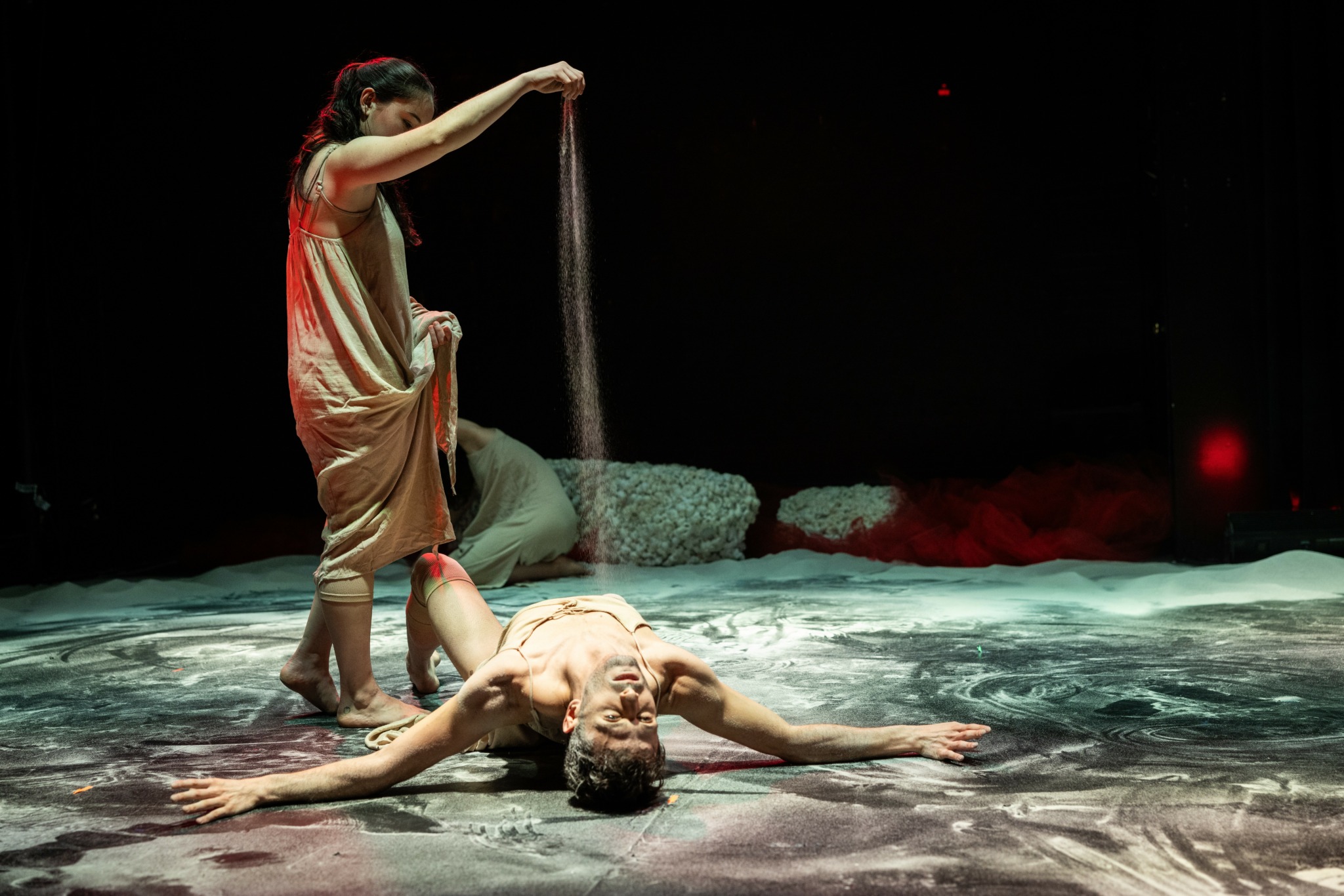
We’d love to hear a story of resilience from your journey.
I think the best thing that would describe my resilience in my life and dance journey is that I never give up no matter how hard it gets. I learned this resilience from my parents, they always stay strong during hard times and don’t give up and push through hard days with a big smile on their face and that’s what I always learned, to not give up and always try harder. No matter how hard things get instead of giving up I always look for a solution to find a way and solve the problem. If I hit a wall, I’d destroy it and make a way; my own way, unless I feel that something I wanted once doesn’t serve my purpose in life anymore. I always get the work done. The 1979 Islamic Revolution in Iran affected the lives and future of all Iranians including me and my family, throughout these years I tried to examine what went wrong in our revolution as a community so that I would fix those things in myself for a better future. And the best thing that came out of that self discovery was establishing the Dancers Of Iran Platform. Dance was banned and called illegal by the Islamic Republic after the 1979 revolution resulting in complete shut down of our national ballet and dance schools. On the contrary to this law, dance is such an integral part of our community and culture, it is part of every “Mehmooni” (gathering) and it is a huge part of every Iranian’s life, the term “gher” which is a dance term in Persian dance is so embedded in our culture that if one says “gher” we all start circling our hips, raising our eyebrows in flirtatious ways and start dancing. But all this was publicly banned by the regime in the 1979 revolution and all families had to dance in gatherings behind closed doors quietly, otherwise they would get arrested for partying and dancing. And because of this, 40 years later I established Dancers Of Iran to bring the dance community back together. So many Iranian dancers from my generation started dancing underground in Iran but they were scared of putting themselves out there and with Dancers Of Iran I wanted to rebuild that trust within the dance community. I wanted this platform to be a place of support where every dancer from different background, belief and style would be welcome because that’s what being part of a community is all about, I see this platform as a society. My resilience is an everyday fight, as an Iranian I wake up everyday with bad news, constantly questioning what life would have been like if there never was a revolution in Iran and I didn’t have to migrate when I was 11. I lived outside of Iran for 21 years and 18 years of those years I lived in Canada. As a person who immigrated when I was 11, I tried to fit in with the society and make myself believe that I belong to this new country. But it all changed for me when in 2021 I moved to the US for my school. We had previously traveled to the US numerous times but this time me and my family were stopped at the border and were treated like terrorists despite having Canadian Passports. Iran has a strict and mandatory policy of Military Service and it is mandatory for all men to serve the military for two years whether they want to or not, there’s no escaping it. At the border they informed us that the US border law has changed since 2019 and Iranian men who had to serve the 2 year mandatory military service despite not being affiliated with the regime are not allowed entrance to the US, and this law doesn’t only apply to the men but also to their family members. They told us that because my father had to complete his mandatory military service 30 years ago we are not allowed to enter the US, alongside that shock I was asked questions like if I ever worked or went on a mission with Al-Qaede, and was asked why I made multiple travels to Iran visiting my family members. It felt like I was witnessing a gut-wrenching movie scene, except that I was the main character in that turmoil. It all felt bizarre, discriminatory and truly dehumanizing. Later on I learned that this did not just happen to me and my family but there are more than 1000 other Iranians and families who are facing the same unjust discrimination at the border. The devastating part is that so many government officials and family members of the Islamic Republic who are, in fact, terrorists live in the U.S., while ordinary Iranian citizens are the true victims not only of the Islamic Republic but also of foreign policies. I argued at the border that the son of Masoumeh Ebtekar, the woman who climbed the U.S. Embassy during the early years of the revolution and played a key role in the hostage crisis lives in the U.S., and that it is people like them who should not be allowed to set foot in the country. But I was told that this was of no concern and that the new U.S. law bans all Iranian men from entering the country, despite the U.S. government being aware that Iran’s two-year military service is compulsory and does not indicate affiliation with the regime or terrorism. They only allowed me to enter for my studies but told me to not exit the US for two years because I may not be allowed to return and my family were also banned for two years not being able to come and visit me, all this while holding a Canadian Passport, which made it feel even worst. It made my parents question their immigration and their rights; not just as immigrants, but as human beings and Canadian citizens. They had left Iran to come to a free country where they believed they would be granted the same rights as any other person. But this incident made them question whether democracy and human rights truly exist equally for everyone. During those years some of the laws changed and only my mom was finally able to come and visit me after two years. But those two years were the sweetest and yet the worst two years of my life because of everything that was happening and with all that I had to put on a smile everyday and go to school and work. They were the sweetest because it changed my career and life and led me to establish my dance company and the worst because I was rubbed in the most unjust way of all my rights as a human and couldn’t see my family for two years despite holding a Canadian passport. It felt like a betrayal and made me realize that all these years, I had been living a lie that I’m not truly seen as a real Canadian, and that no matter how hard I try to fit in, I would never fully be one of them. In my second year at school, the Woman, Life, Freedom movement happened, and I was left to process all the anxiety and devastating news on my own. There were days when both of my legs felt paralyzed, and I couldn’t get out of bed because of the severity of my anxiety. And trying to handle all of this by myself was an everyday resilience in itself and out of that experience came my second evening length piece, Not Here which was awarded as the People’s Choice Artist Award. All this made me realize that fighting for my basic rights as a Middle Eastern is an everyday fight and with Dancers Of Iran my goal was to regain dignity and respect for my community and for dancers so that the international dance world understands that our pain, our voices, and our stories matter too.
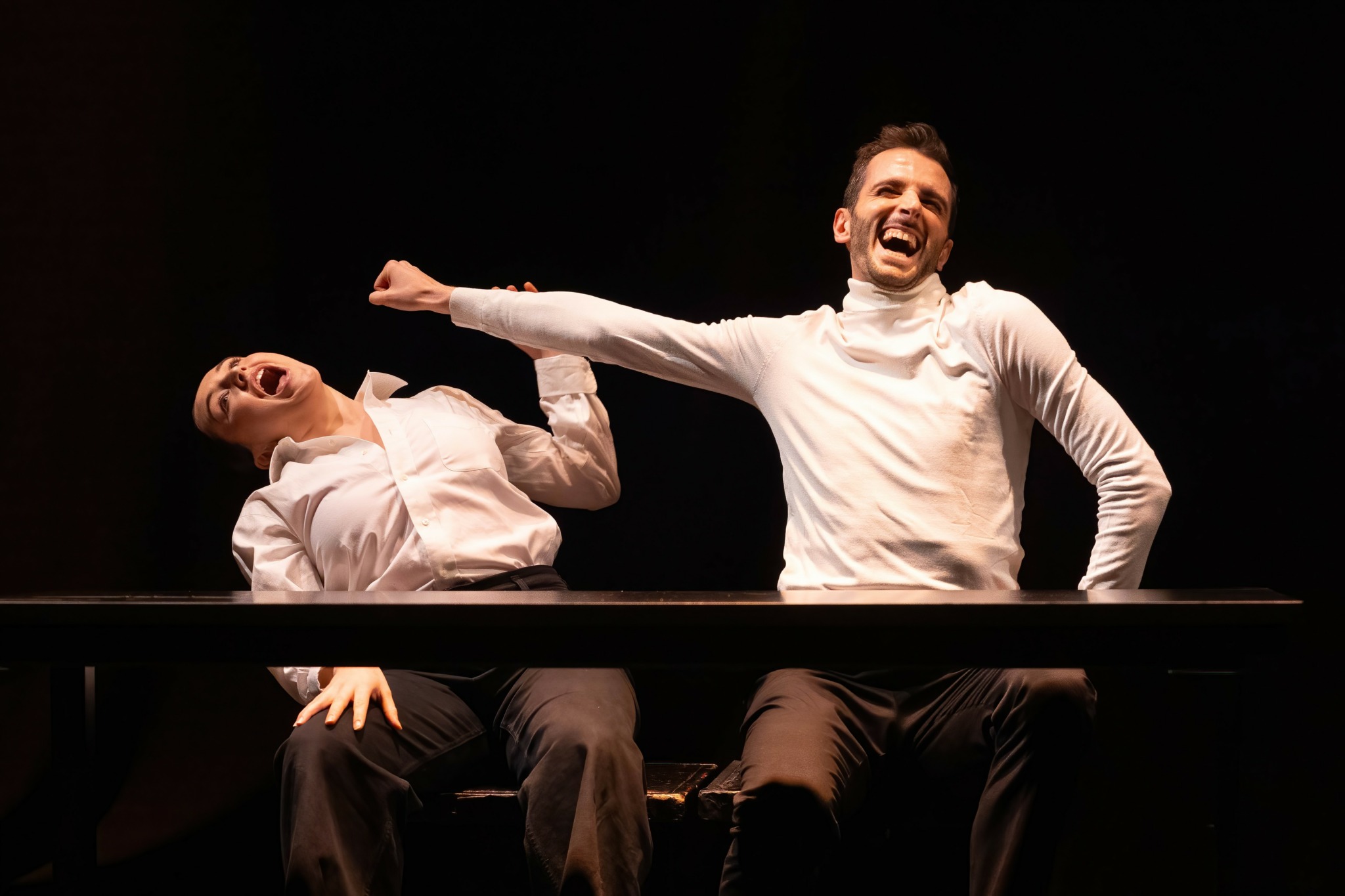
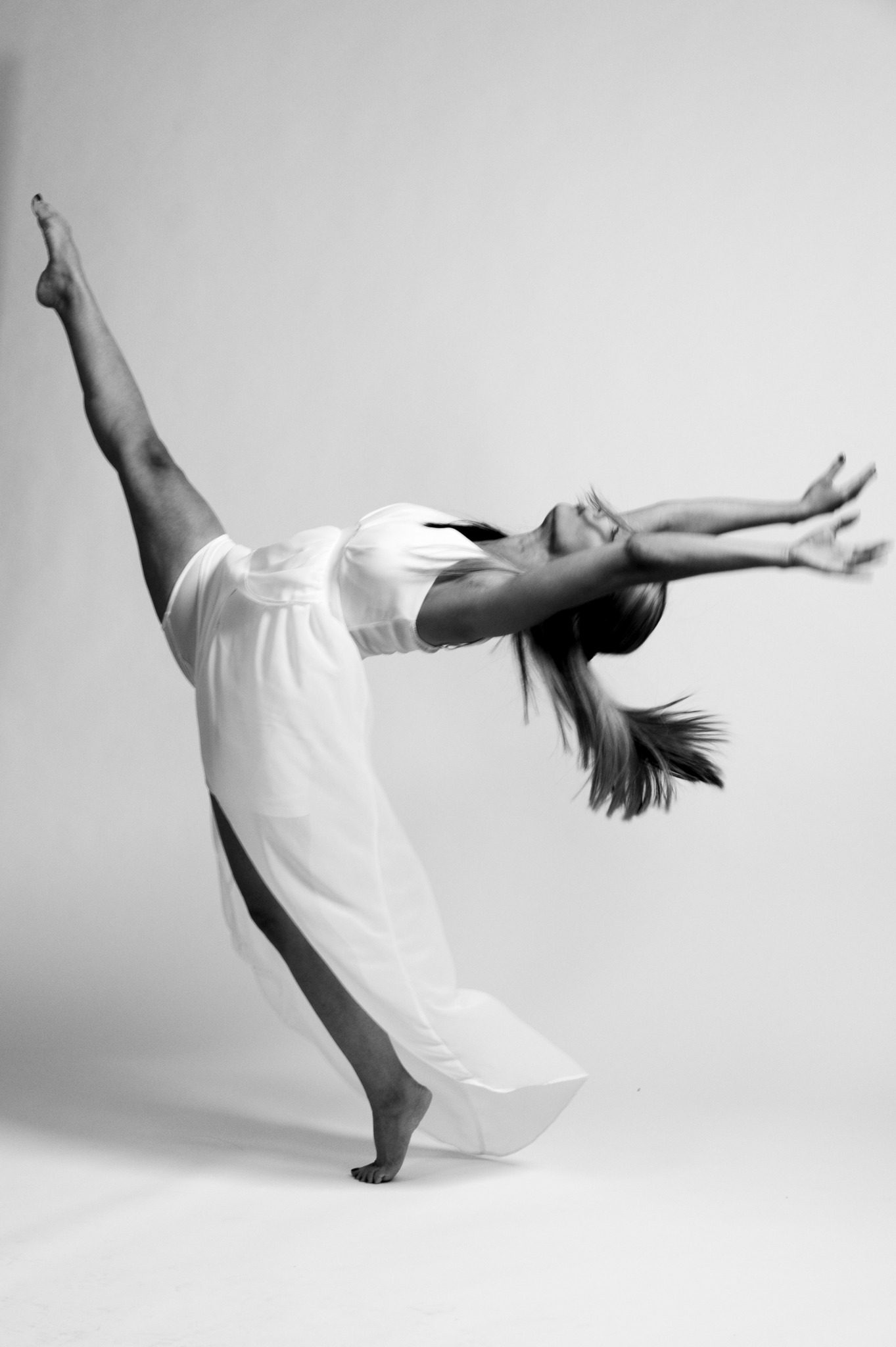
What’s a lesson you had to unlearn and what’s the backstory?
If I had to unlearn one thing in my journey as a dancer it would be to not force my body into movements that doesn’t feel right. I started professional dance training when I was 11 and during those years having a dialogue with your body was not common, at least not in traditional trainings so I would dance even if I was sick or injured because I believed that I should push through, this was also part of my warrior personality which always feels like I shouldn’t give up. I believe that if my body was saying no I should just push harder and convince it to practice an extra hour so it would be more resilient. It took me years to understand that the best results as a dancer comes when you are in tune with your body and listen to it, because it is only then that your body also feels relaxed and is more open to movement. I used to treat my body as a slave rather than a companion and during the Woman, Life, Freedom movement my body completely shut down and was paralyzed because of severe stress, it was then when I started to learn and research that my body is not my slave and I’m not its master, but we’re companion. I learned that I need to listen to my body more instead of demanding it to overwork itself. My training was always intense I used to train 6-8 hours each day when I was younger, keeping a schedule, where I’d time each class and practice. But as I grew older I learned that it’s not about how long or how many hours you train but it is more about how mindful you’re training is and how you are present in each moment of the training. Having this everyday dialogue with my body opened a new door and universe to movement and my relationship with my body. I still have my discipline and keep my training schedule and hourly record but I am more mindful now and I check in with my body constantly. I had to unlearn that being a professional dancer does not mean that you have to beat down your body to pieces to listen to you but you just have to sit down with your body and treat it as your companion, and then you’re body willingly listens to you. I also use this for my choreographies with my dancers, I constantly check in with them to make sure that the movements feel right to their body, because no two bodies dance or move the same way and as a dancer and choreographer it is important to me that my dancers feel that each movement melts into their body and becomes one with them. There may be movements that may not feel right in the beginning but is essential to the work, and in that case we try to find ways to find ease in the movement as a collective. Now I am monitoring my body everyday, I’ve been keeping a body journal for the past year examining every single reaction and sensation in my body in different times during the day. I’m exploring a project about how my body feels in different spaces and through different life incidents and this is something I wish I learned earlier about my body; to be its companion and not its master.
Contact Info:
- Website: https://www.tinabararian.com
- Instagram: https://www.instagram.com/tinabararian/
- Facebook: https://www.facebook.com/TinaBararian
- Linkedin: https://www.linkedin.com/feed/?trk=guest_homepage-basic_google-one-tap-submit
- Youtube: https://youtube.com/@dancersofiran?si=AKkyF70ki3XrwRR3
- Other: Dancers Of Iran Website: https://www.dancersofiran.com
Dancers Of Iran Instagram: https://www.instagram.com/dancersofiran/
Dancers Of Iran YouTube: https://youtube.com/@dancersofiran?si=AKkyF70ki3XrwRR3
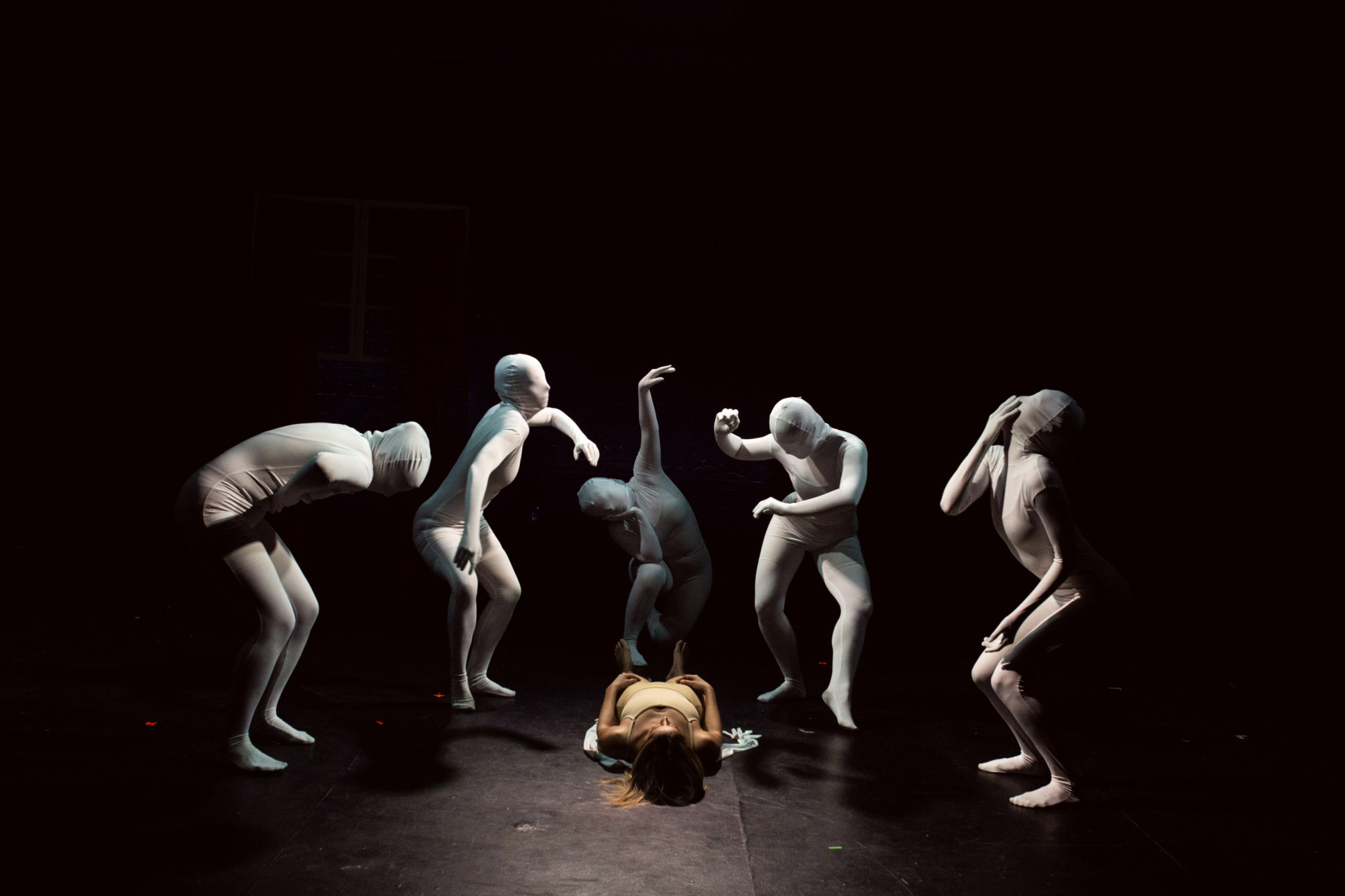

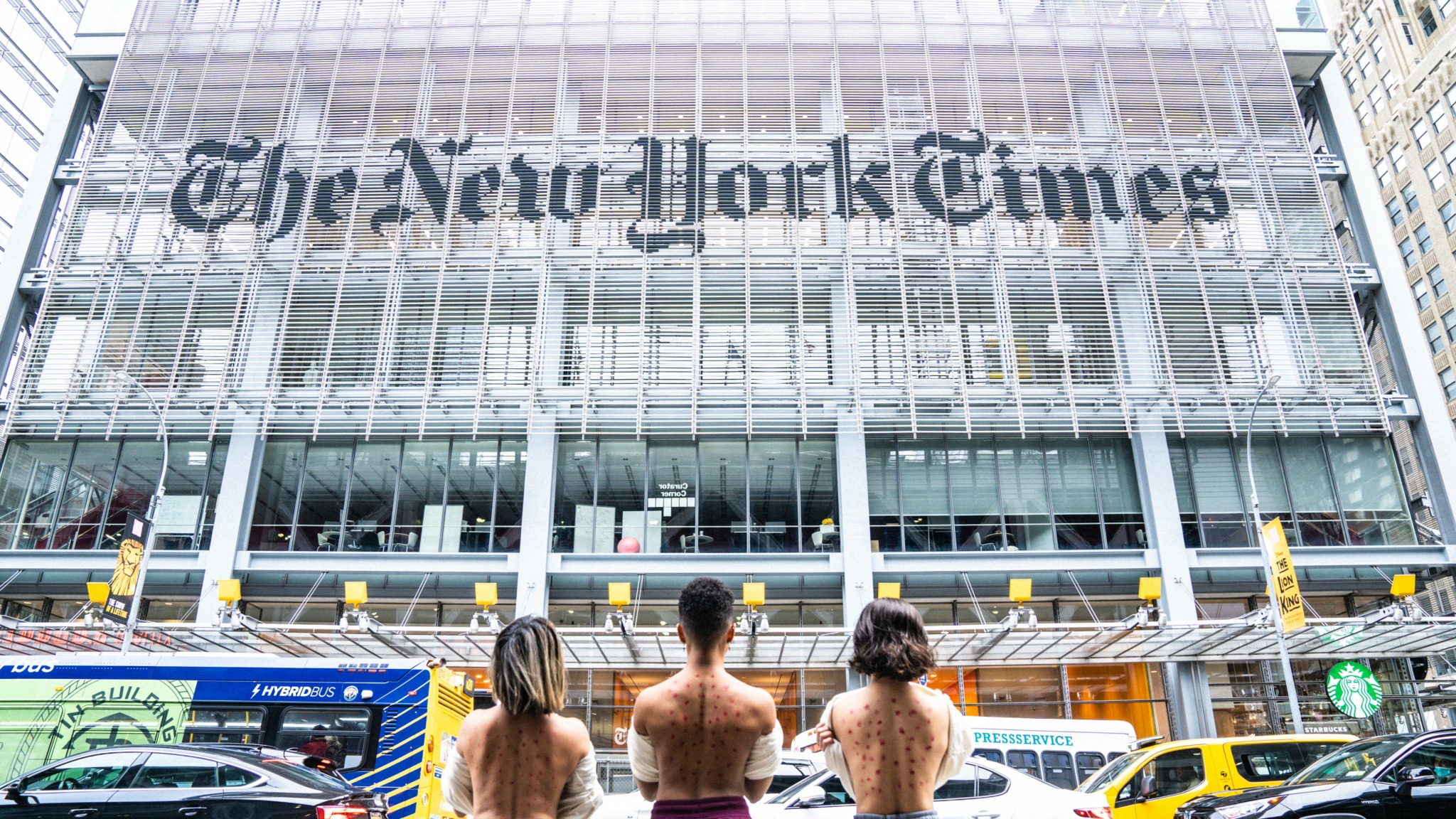
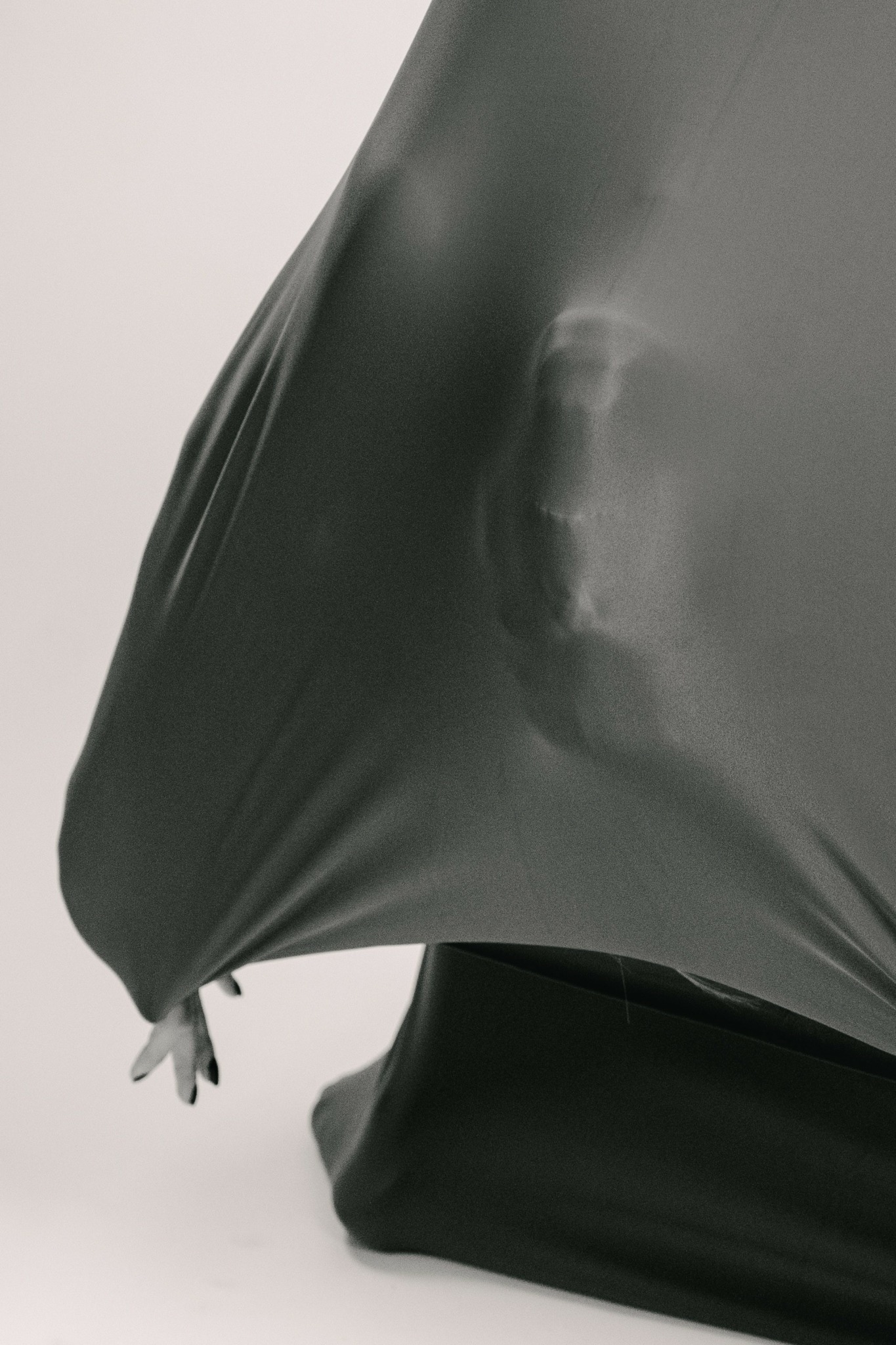
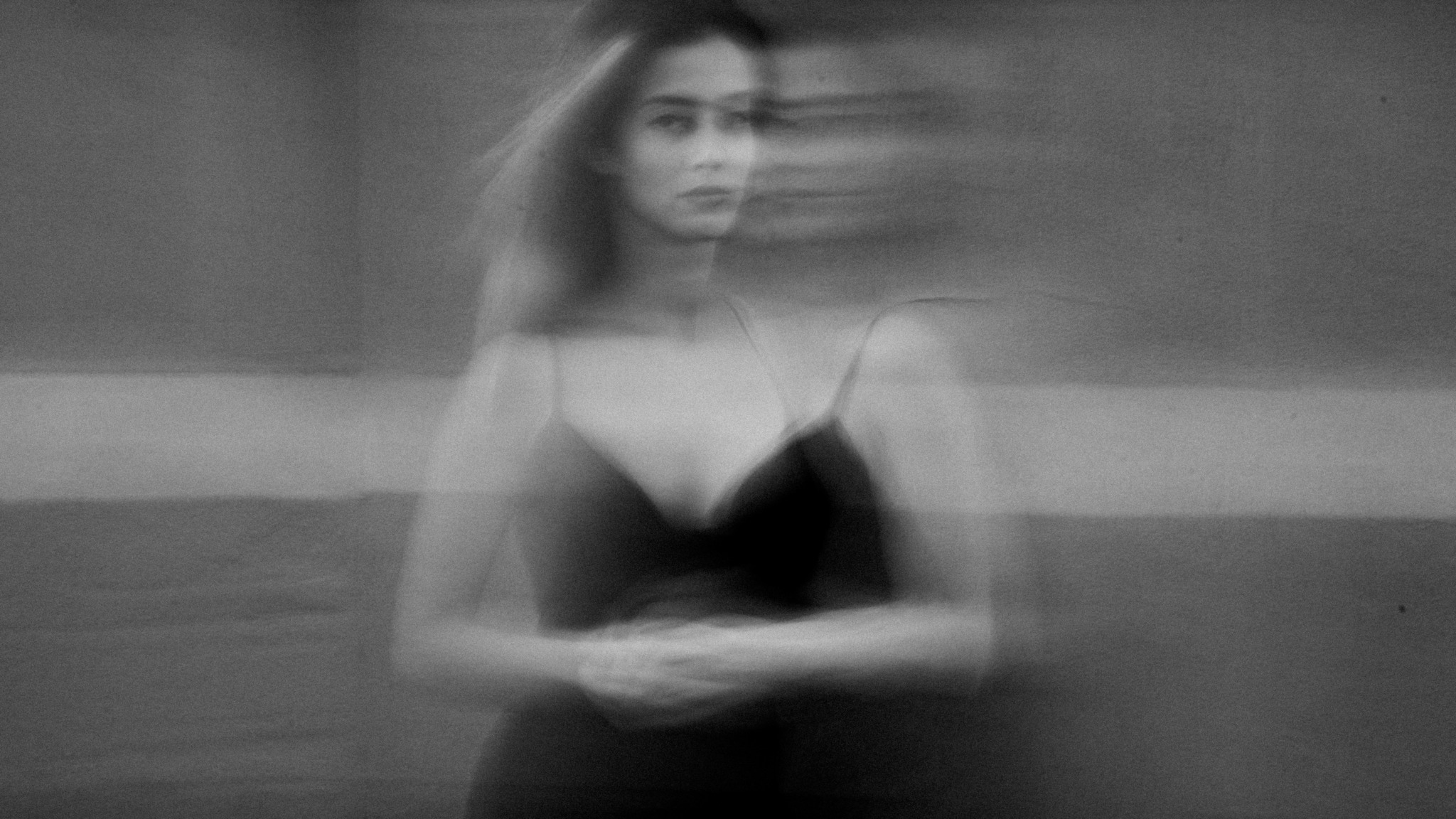
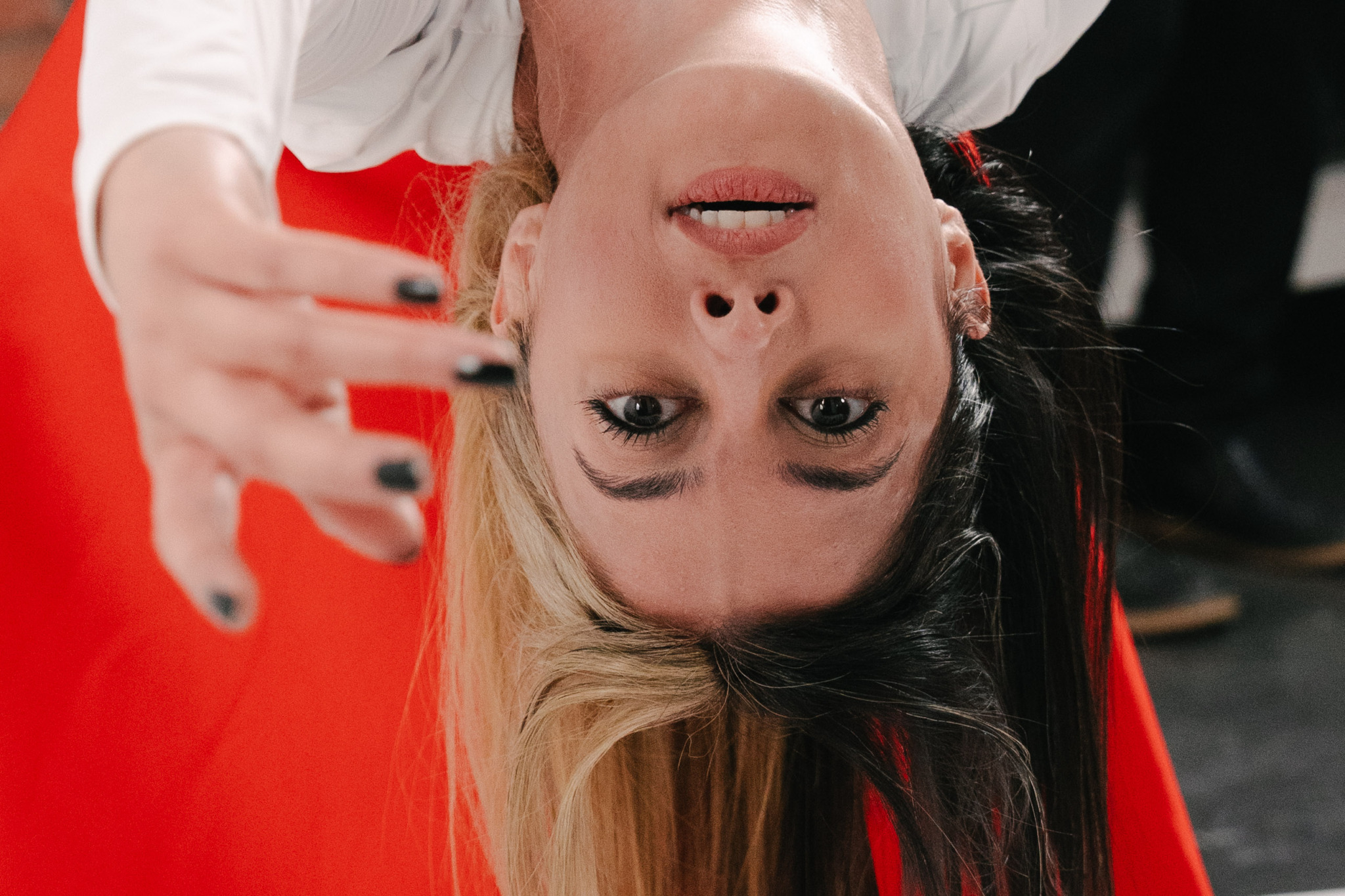

Image Credits
Photo By: 1& 9 &11 Rojin Shafiei, 2&3 Sara Messinger, 4 Reza Mir Jalili , 5 Robin Michals,
6 Amanda Escudero, 7 Sacha Vega, 8 Torian UGworji, 10 Chantale Viens


